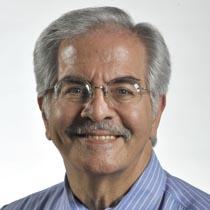By John Kanelis / johnkanelis_92@hotmail.com
This has to be far more than just a sliver of good news as a result of the COVID pandemic.
It is that renewable energy production has spiked considerably in the year since Earth became consumed by the coronavirus that has killed more than 2 million human beings worldwide, and more than 580,000 Americans.
A study by the International Energy Agency reports that wind power has boomed along with solar energy. The IEA reports that renewable energy jumped 45 percent in 2020 to 280 gigawatts. As National Public Radio reported: In 2020, renewable power was “the only energy source for which demand increased … while consumption of all other fuels declined,” says the IEA, whose mission is to make the world’s energy supply more reliable, affordable and sustainable.
You might be wondering: What is a gigawatt? It equals 1,000 megawatts, or 1 billion watts of energy. So, the pandemic helped spike the renewable energy output to 280 billion watts of power.
You know, from my perch, that means it can turn on a whole lot of light bulbs … you know?
This is good news for anyone — and it should be everyone — who is concerned about the impact that finite energy sources are having on Earth’s environment.
Renewable Energy Capacity Jumped 45% Worldwide In 2020; IEA Sees ‘New Normal’ | 88.9 KETR
Coal production fell by 4 percent, according to the IEA. Indeed, coal-burning power plans are seen as a primary cause of climate change, which is a serious existential threat to our national security, as well as a threat to the very life of our precious planet.
I do not wish this pandemic to continue. I do wish — and hope — to keep the trend toward more renewable energy tracking in the direction it has been headed since the pandemic struck.


